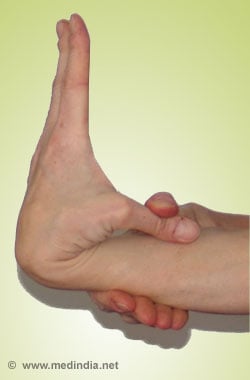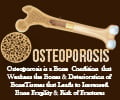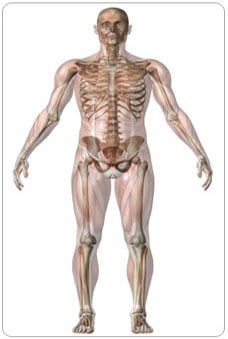About
Other Names: Joint hypermobility syndrome, Extreme-flex, Benign joint hypermobility syndrome, or (Hyperlaxity)
In those with this condition, the ability to perform contortionist activities such as bending thumb backward to touch the wrist or stretching the leg behind the head is commonly observed.
In a lay context, people with joint hypermobility are called “double jointed” due to the extreme laxity of their joints. As a result many of them can excel as good gymnasts.

Hypermobility may be present alone without any other symptoms. However many limitations are observed such as muscle fatigue and a general predisposition to joint dislocation.
In those with HMS, hypermobility of the joints may occur alongside other symptoms, such as
On an average, this condition is estimated to occur in 10%-15% of all otherwise -healthy children. HMS is seen to occur more in women than in men.
Hypermobility syndrome runs in families; the presence of certain genes in predisposing an individual to develop hypermobile joints has been suggested. It may be interesting to note that the genes responsible for synthesizing connective tissues, such as collagen, are implicated in the rendering joints hypermobile.
It comes as no surprise therefore that hypermobility is very commonly featured in patients with Ehlers –Danlos syndrome, a condition characterized by weak connective tissues.
Individuals with HMS have tall parents.
Hypermobility syndrome is a benign condition and not life–threatening. However, it could cause complications like








